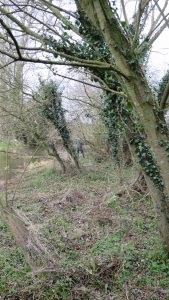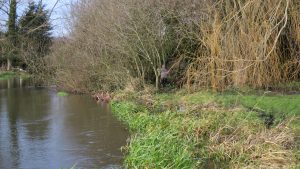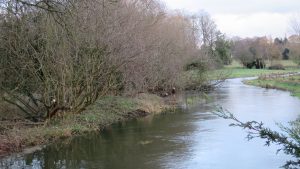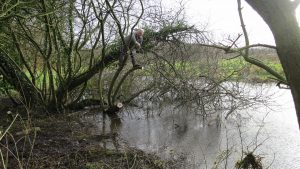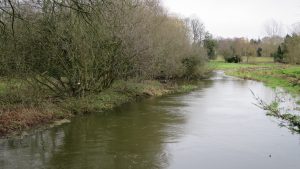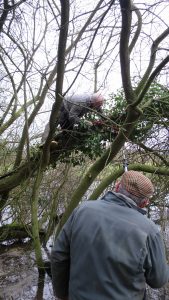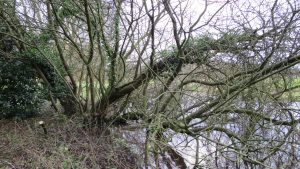
Winter work party
14 December 2019, a group of seven of us, under the direction of river manager Mark Williams, began the task of cutting back the overgrown trees in Mr Jamieson’s garden just downstream from Yarrow Bridge.
A lot of work was done, not made any easier by the high river conditions, and only one large bushy tree remains to be cleared. Thanks to everyone who turned out and worked so hard and to Mark for providing lunch.
